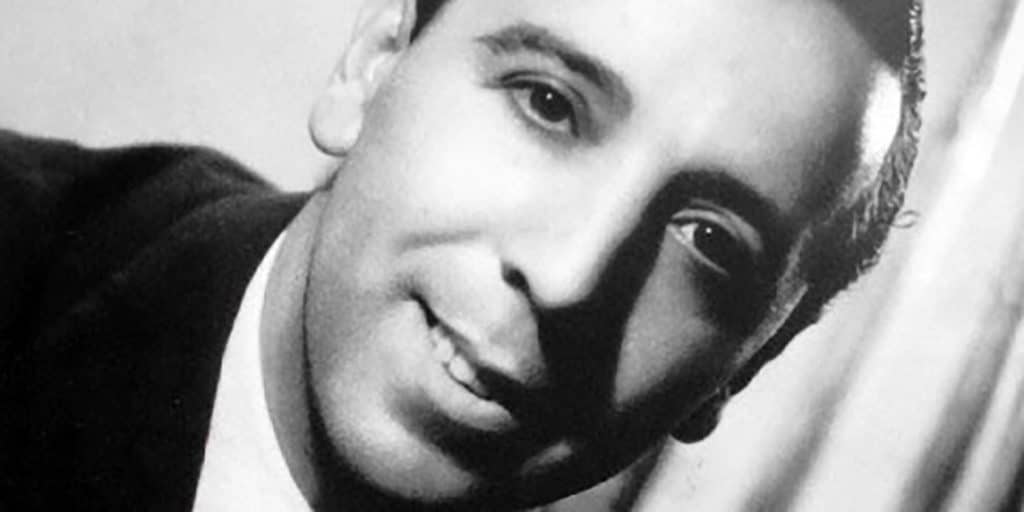Osvaldo Fresedo was an Argentine Tango bandoneon player, orchestra leader, and composer known for the melodic elegance of his music. “Vida Mía” is his most famous song.
Born to Tango
Fresedo was a natural musician. He was born into a wealthy family in Buenos Aires in 1897. It’s said that is the reason for the elegance of his music. But Fresedo grew up in La Paternal, a neighborhood in the working-class suburbs. That is where his Tango feeling comes from.
The new Grammophone popularized Tango music during the first decade of the 1900s, though Tango was still the music of the young and the underclass. German immigrants brought the bandoneon to Argentina in 1910. Fresedo began performing with it in 1913, just as the Tango began to gain acceptance from the Argentine upper classes.
The music of the “Guardia Vieja” (the Old Guard) has the cut feeling of a march. Though Fresedo was a bandoneon player, he always emphasized the melodic lines of his violins. This combination of marching rhythms and rich melodies characterizes Fresedo throughout his career. It is one of the characteristics that kept him popular with dancers.
It’s easy to recognize one of Fresedo’s early compositions, El Espiante (The Spy), when you hear it in a milonga. It starts with a police whistle followed by sounds of a steam locomotive starting to move. Fresedo once told an interviewer that in his neighborhood he would hear the police whistle at night. There was also a train station in La Paternal.
Fresedo’s father opened a cafe so he would have a place to play instead of running around town all night. Fresedo’s nickname became “El pibe de La Paternal” (the kid from La Paternal).
Fresedo made his first recording in 1917 for Victor and formed his own orchestra in 1918.
The Roaring 20s
In 1921, Victor brought Fresedo to New Jersey to make some records. This was at the very beginning of phonographs, radio, and the Roaring ’20s.
Back in Buenos Aires, Fresedo’s orchestra became very popular with the Argentine elite. His performances at the Royal Pigall, a cabaret on Avenida Corrientes, the Broadway of Buenos Aires, made him famous.
Fresedo became so popular that he would lead several orchestras at different clubs on the same night. He just showed up for a short time at each club.
The Elegance of 1930s Hollywood
Fresedo created his most popular dance music in the 1930s and 40s. It has a romantic, “Hollywood” style. You can imagine Fred Astaire dancing to Fresedo. During this time Roberto Ray often sang with the orchestra.
Fresedo stretched the traditional Orquesta Típica (two violins, two bandoneóns, piano, and double bass) by adding instruments like harp, vibraphone, and drums. You can hear them on Isla de Capri.
The End of an Era
In the 1950s Fresedo’s sound became more Jazzy and less danceable, perhaps under the influence of Piazzolla. He even recorded with Dizzy Gillespie.
When you go through Fresedo’s music, it is surprising how many great Tangos he recorded. It’s reported that Fresedo had the longest Tango career, making more than twelve hundred recordings over 63 years from 1917 to 1980.
A Personal Note
Fresedo has a special place in my heart. His Tigre Viejo (Old Tiger) was the first song I ever danced with my New York Tango partner. In one tanda (set) of Fresedo, four lives were joined and New York Latin Culture Magazine™ was born. That’s all in the past now, but it’s still a nice memory. Si yo soy el tigre viejo. ~ Editor Keith

